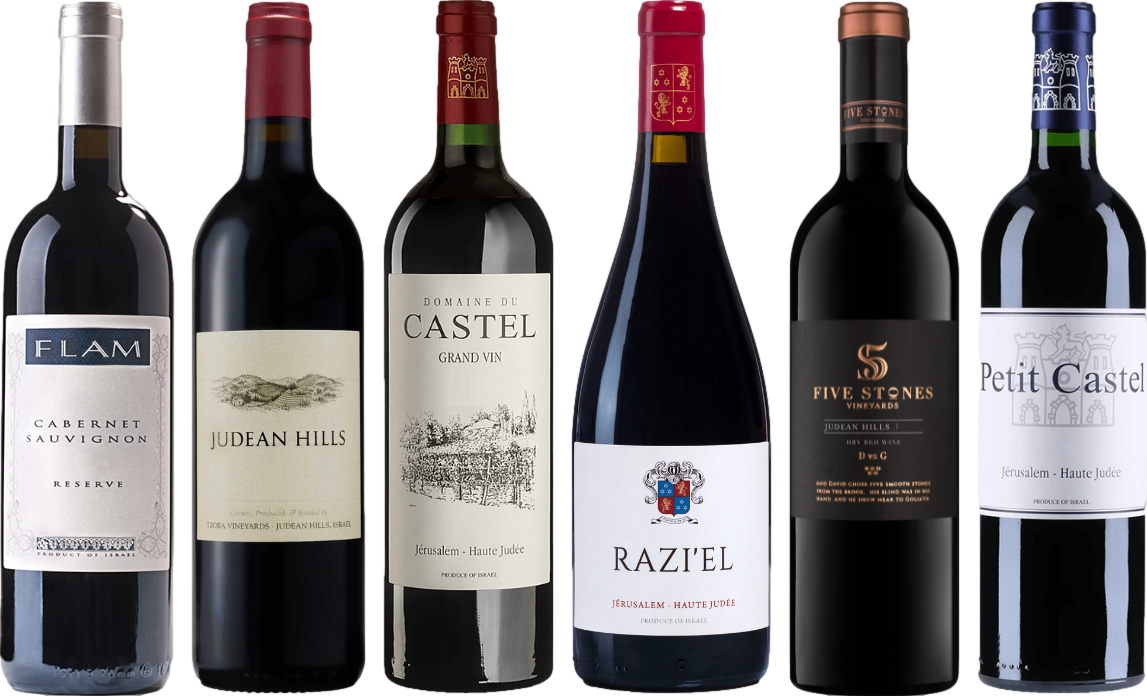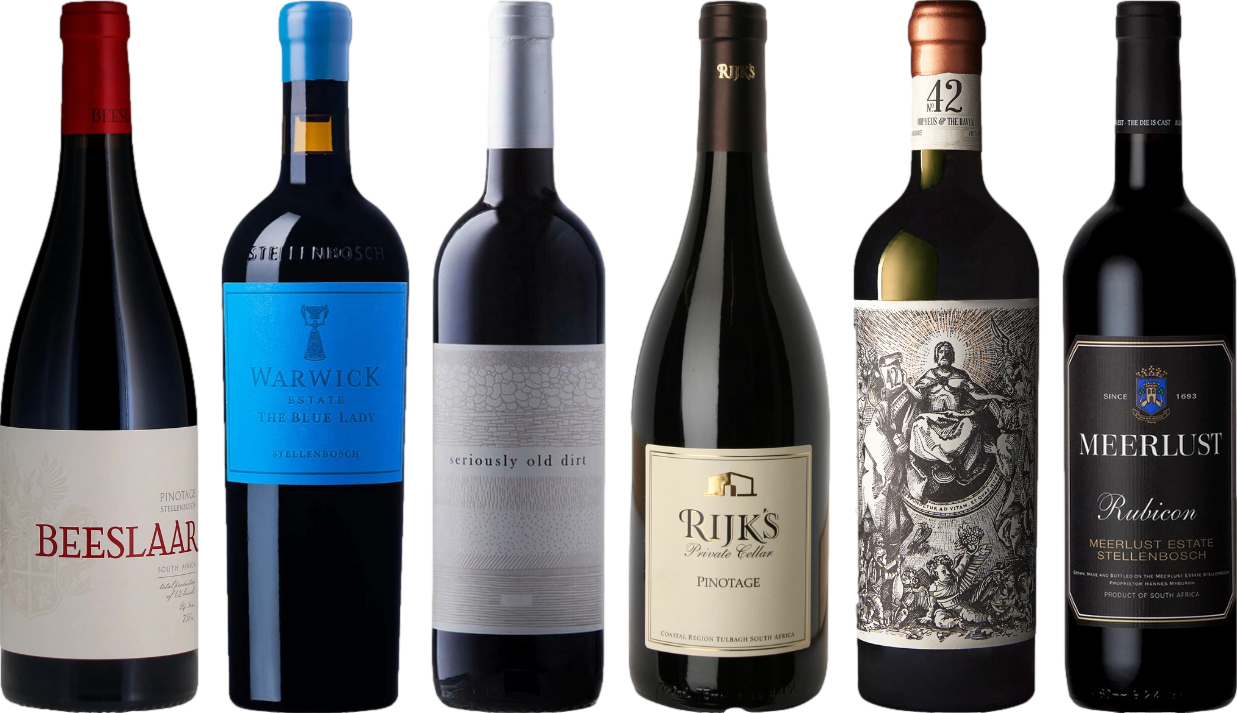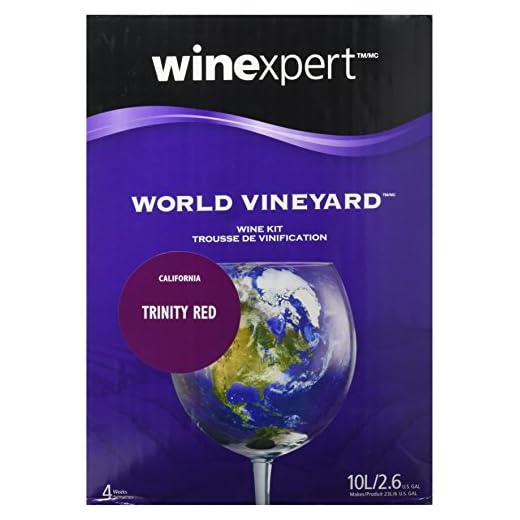



Typically, you can expect these sealed bottles to maintain their quality for a substantial period, often ranging from 3 to 10 years, depending on various factors such as grape variety and storage conditions. For instance, a Cabernet Sauvignon may thrive for a decade or more, while a lighter Pinot Noir might be best enjoyed within a shorter timeframe.
Temperature control is paramount. Aim for a consistent cool environment, ideally between 50-65°F (10-18°C), away from direct sunlight and vibrations. Humidity levels should hover around 70% to keep corks from drying out and allowing air to seep in.
It’s crucial to remember that even the finest bottles have a shelf life. While some may evolve beautifully over time, others can plateau or decline. Always check the vintage and producer for guidance on optimal drinking windows. A thoughtful approach ensures you savor each pour at its peak flavor.
Unopened Bottles: Shelf Life Insights
Typically, an unopened bottle can remain in peak condition for 3 to 10 years, depending on its type and storage conditions.
Here are some key factors influencing this timeframe:
- Quality: Premium selections tend to endure longer compared to everyday varieties.
- Storage: Maintaining a cool, dark environment is crucial. Aim for temperatures between 50°F and 65°F (10°C to 18°C).
- Closure Type: Cork closures generally allow for better aging compared to synthetic alternatives.
- Region: Wines from renowned regions often age more gracefully due to their inherent quality.
For optimal enjoyment, consume within the recommended timeframes specific to each bottle. Regularly check for signs of spoilage, even in unopened bottles, to ensure the best experience when you’re ready to uncork.
Factors Influencing the Shelf Life of Red Wine
Temperature plays a significant role in the preservation of your bottle. Ideally, a consistent environment at around 55°F (13°C) is optimal. Fluctuations can lead to premature aging and spoilage.
Light exposure can degrade the quality of your beverage over time. Store bottles in a dark place or use tinted glass to minimize light damage, which can alter flavors and aromas.
Humidity levels should be kept between 50-70%. This prevents corks from drying out, which can lead to oxidation. Too much moisture, however, can promote mold growth.
Vibration affects the integrity of your drink. Keep bottles in a stable location away from heavy foot traffic and appliances that create vibrations, such as refrigerators or washing machines.
The type of closure also impacts longevity. Natural corks allow a small amount of air exchange, while screw caps create a tighter seal, potentially affecting aging processes differently.
Varietal characteristics matter. Some grapes, like Cabernet Sauvignon, have higher tannin content, which can enhance aging potential, while others, like Pinot Noir, are best enjoyed sooner.
Lastly, the winemaking process influences durability. Wines crafted with lower sulfite levels may have a shorter lifespan compared to those with higher concentrations, as sulfites act as preservatives.
Understanding Wine Labels and Expiration Dates
Check the label for specific information about storage and recommended consumption. Most producers provide guidance on optimal aging periods, which can help in determining the ideal time for enjoyment.
Key Components of Wine Labels
- Vintage: Indicates the year the grapes were harvested. A higher vintage often correlates with better aging potential.
- Region: The origin can affect flavor profiles and longevity. Regions known for their robust varietals typically yield bottles with greater aging capacity.
- Producer: Established wineries often have a reputation for quality, suggesting their products may withstand the test of time better than lesser-known brands.
- Alcohol Content: Higher alcohol levels can enhance preservation, but balance is key. Excessively high alcohol can overpower the wine’s complexity.
Interpreting Expiration Dates
Not all bottles come with explicit expiration dates. Instead, focus on the vintage and producer’s notes. Some wines are crafted for immediate enjoyment, while others thrive with age. Look for terms such as “drink now” or “can age” on the label.
- Drink Now: Consume within a few years for optimal flavor.
- Can Age: These selections benefit from time, developing richer flavors and complexity.
Ultimately, understanding the nuances of labels empowers you to make informed choices, enhancing your overall experience. When in doubt, consult a knowledgeable source to guide your selections.
Storage Conditions for Optimal Wine Longevity
Maintain a consistent temperature between 45°F and 65°F (7°C to 18°C) for ideal preservation. Fluctuations can compromise quality, so avoid placing bottles near heat sources or in direct sunlight.
Humidity should be kept around 70%. This helps keep corks moist, preventing them from drying out and allowing air to seep in. A humidifier or a wine fridge can assist in achieving this level.
Store bottles horizontally to ensure the cork remains in contact with the liquid. This prevents the cork from drying out, which can lead to oxidation.
Light and Vibration
Limit exposure to light, particularly UV rays, which can degrade flavors and aromas. Use dark storage areas or UV-filtered containers. Avoid vibrations, as they can disturb sediment and affect aging. Wine racks or specialized wine cabinets are ideal.
Air Quality
Avoid strong odors in the storage area. Wine is sensitive to environmental pollutants, so keep the space clean and free from chemicals or strong-smelling substances.
By adhering to these guidelines, you’ll maximize the potential of your collection, ensuring each bottle reaches its peak when it’s time to enjoy.
Types of Red Wine and Their Aging Potential
Cabernet Sauvignon typically thrives with a bottle age of 10 to 20 years. This varietal develops complex flavors and aromas over time, enhancing its character.
Merlot, on the other hand, generally has a shorter aging window of 5 to 10 years. While it can mature nicely, it often reaches its peak sooner than Cabernet Sauvignon.
Pinot Noir is another fascinating option, with an aging potential ranging from 5 to 15 years. The delicate nature of this grape allows for intricate flavor development, particularly in high-quality examples from regions like Burgundy.
Syrah, especially those from regions like the Northern Rhône, can benefit from extended cellaring, often lasting between 10 to 20 years. The bold tannins and rich fruit profile provide a solid foundation for aging.
Tempranillo, primarily grown in Spain, shows great potential as well. Depending on the style, it can age anywhere from 5 to 20 years, particularly in the case of Reserva and Gran Reserva classifications.
Here’s a quick reference table summarizing aging potentials for various types:
| Type of Red Wine | Aging Potential |
|---|---|
| Cabernet Sauvignon | 10 – 20 years |
| Merlot | 5 – 10 years |
| Pinot Noir | 5 – 15 years |
| Syrah | 10 – 20 years |
| Tempranillo | 5 – 20 years |
Understanding the types and their respective aging capacities is essential for making informed choices in your collection. Always consider the specific producer and vintage, as these factors can significantly influence a bottling’s longevity.
Signs of Aging and When to Avoid Drinking
Look for specific indicators when assessing a bottle’s condition. Discoloration in the cork, particularly a darkening or drying, suggests potential spoilage. If the cork is pushed out or has an unusual bulge, that’s a warning sign of pressure build-up, often indicative of flaws within the contents.
Examine the liquid itself. A wine that appears cloudy or has sediment floating around can indicate age or deterioration. If you notice a browning hue, especially in varieties typically deep red, that can suggest it’s past its prime. A sour or vinegar-like aroma upon opening is a clear indication that the beverage has spoiled.
Storage and Environmental Factors
Improper storage can accelerate decline. If a bottle has been exposed to extreme temperatures or fluctuations, it’s best to avoid consumption. A wine stored upright can lead to a dry cork, allowing air to seep in, so be vigilant about storage conditions.
Personal Taste Preferences
Ultimately, personal preference plays a role. Some may enjoy the complexity of aged varietals, while others may find them unpalatable. Trust your palate and judgment; if it doesn’t taste right, it’s better to err on the side of caution.
Best Practices for Enjoying Old Red Wine
Serve at the appropriate temperature; typically, 60-65°F (15-18°C) is ideal for mature varieties. This range enhances the aromas and flavors, allowing the wine to express itself fully.
Decanting is highly recommended. Pour the wine into a decanter to aerate it and separate it from any sediment. This process can elevate the tasting experience significantly.
Pair with suitable foods to complement the wine’s characteristics. Rich meats or aged cheeses can enhance the overall experience, bringing out the wine’s depth and complexity.
Glassware Selection
Use appropriate glassware to optimize the tasting experience. A larger bowl allows for better aeration and aroma concentration. Choose glasses that enhance the wine’s bouquet.
Observing Aromas and Flavors
Take time to appreciate the aromas before tasting. Swirl the glass gently to release the scents, then take a moment to identify various notes. This practice can enrich your overall enjoyment.
Consider documenting your impressions. Keeping notes on different bottles helps track what you enjoyed and assists in future selections.
Invest in quality tools, such as a good corkscrew or an aerator. These can enhance the experience with minimal effort. For photography enthusiasts, check out the best compact digital zoom cameras under 200 to capture memorable moments while enjoying your selections.









